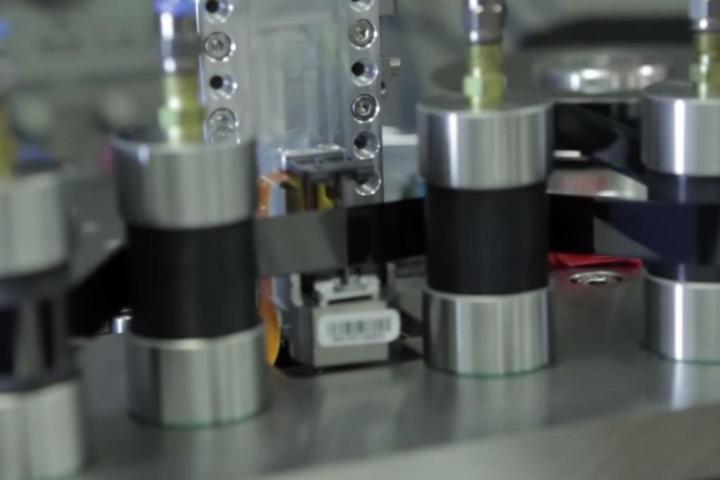
The system to automatically transfer the data is known as Project Big Storage, and it puts all the different levels and types of it under one banner, from the local cache on a server to the monstrous tape drives that IBM is now offering up for long term back ups. That means that a company’s ‘cloud’ back up can be a mix of local storage at the office, and remote storage at IBM’s service centres.
Regularly accessed data will be stored in the most easily accessible of locations and on a fast transfer medium like solid state, whereas data like security footage or archived reports may be put into ‘cold storage’ which will utilise tape to save costs.
IBM hopes that the system will be of a high enough quality to compete with the likes of Amazon and Google, whilst also being available to consumers at a cheaper price. While moving data around isn’t free, keeping it in the most cost effective location at all times should save customers some real money. IBM has pledged to make the data on that available for all too, so company directors will be able to see how much they are saving in real time, according to ITWorld.
Unfortunately the system isn’t quite ready for the general public just yet, so it will be tested with a few select customers first. When the final product is ready – sometime within the next few months – IBM will make it available to all of its cloud storage customers though its Cloud Marketplace and BlueMix platform.



